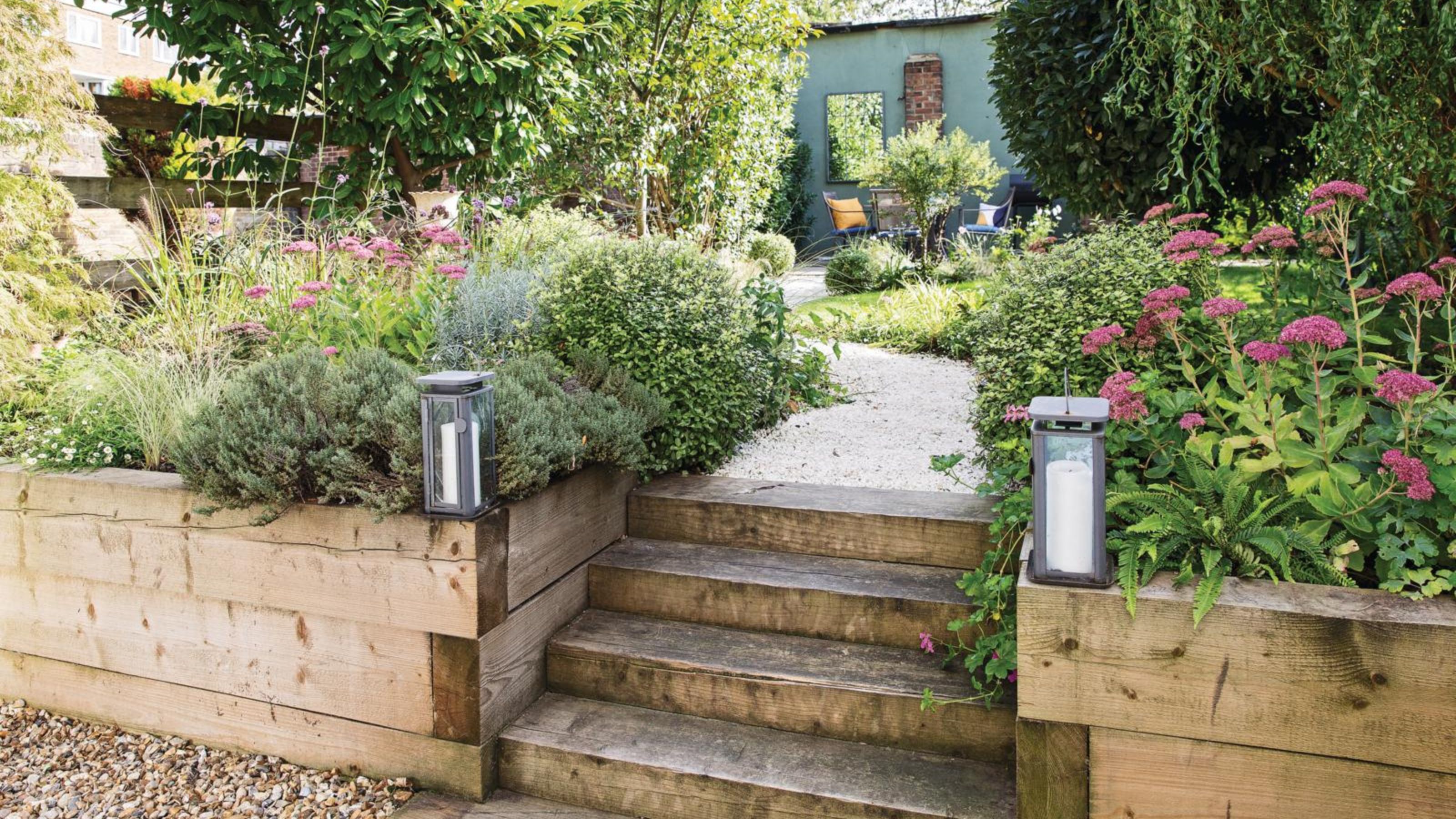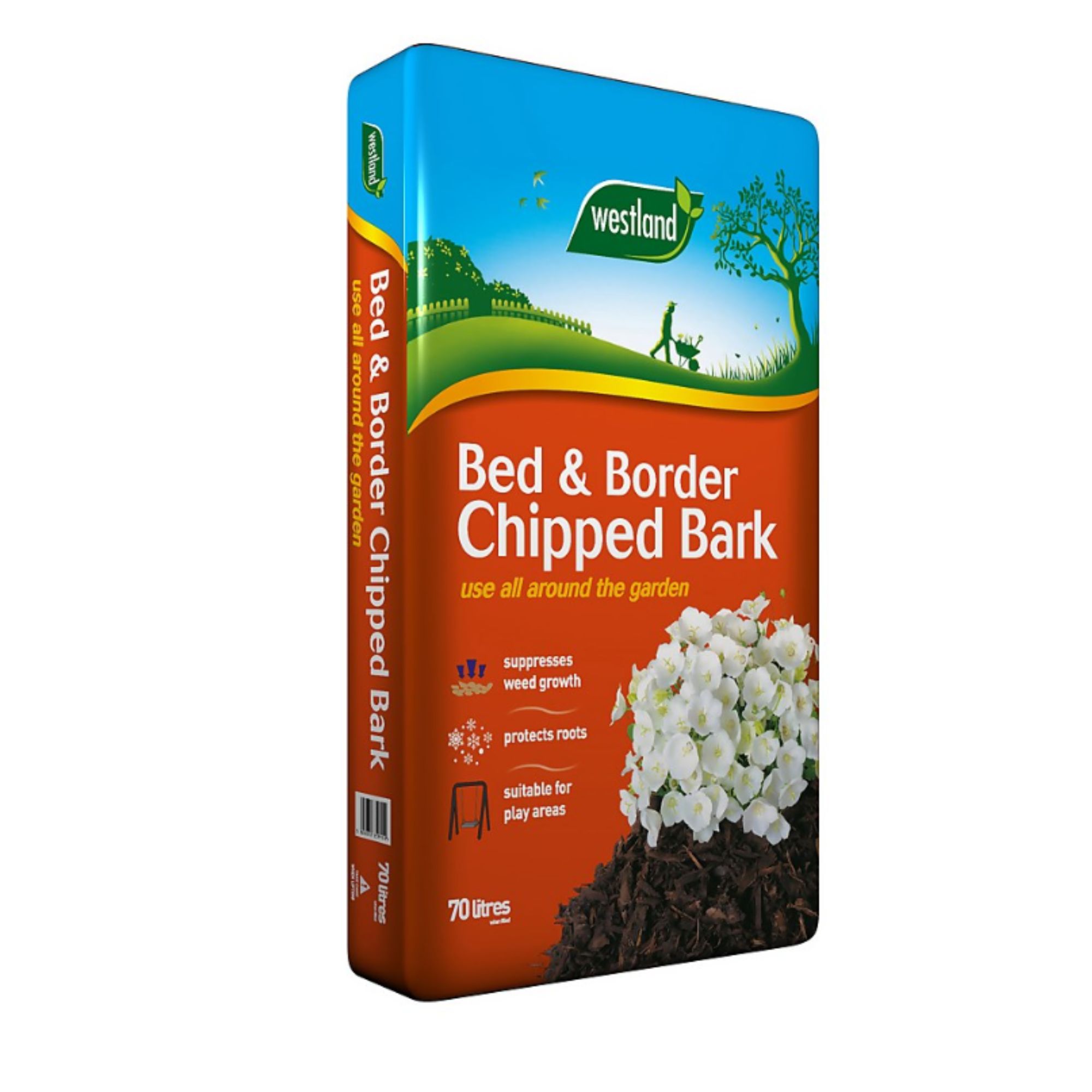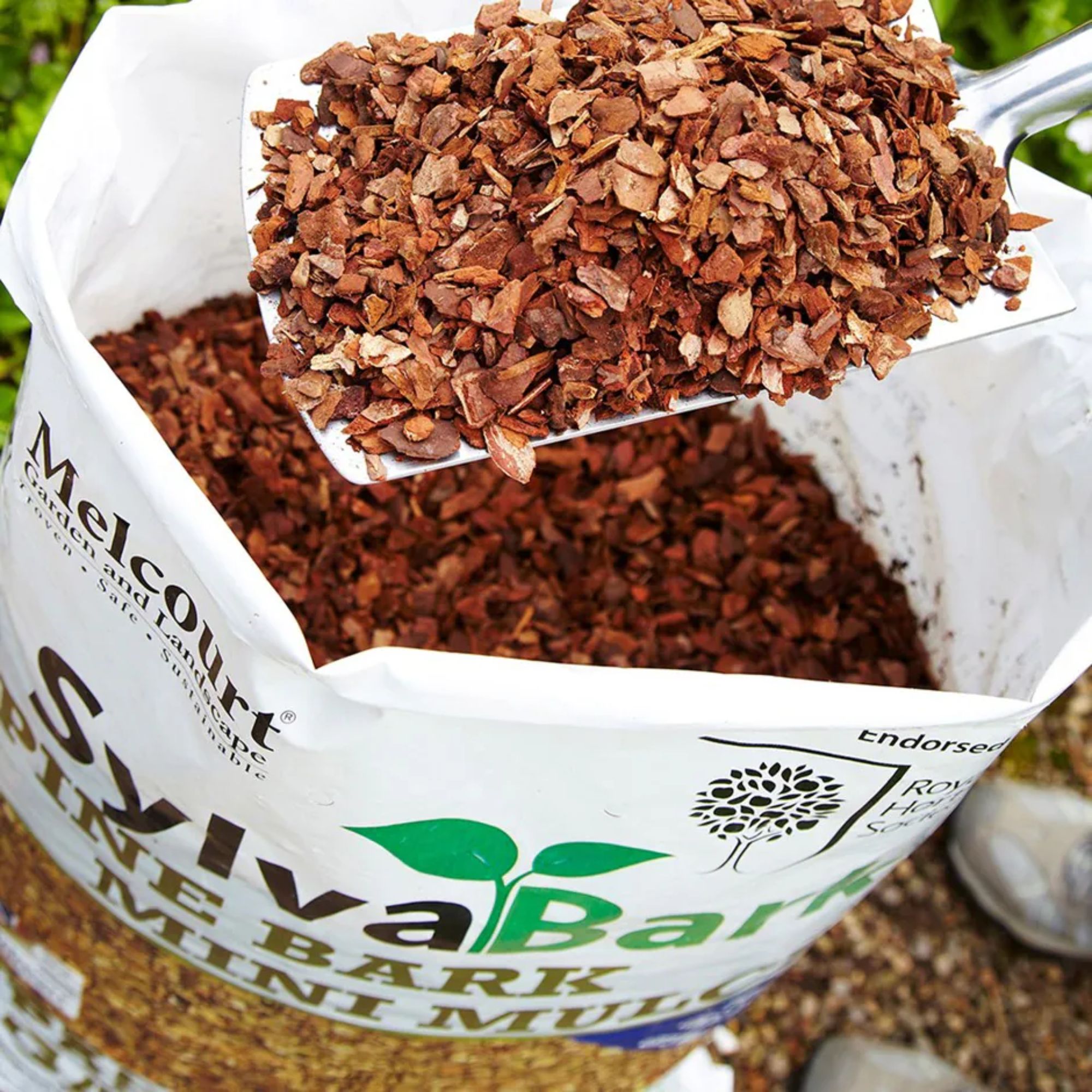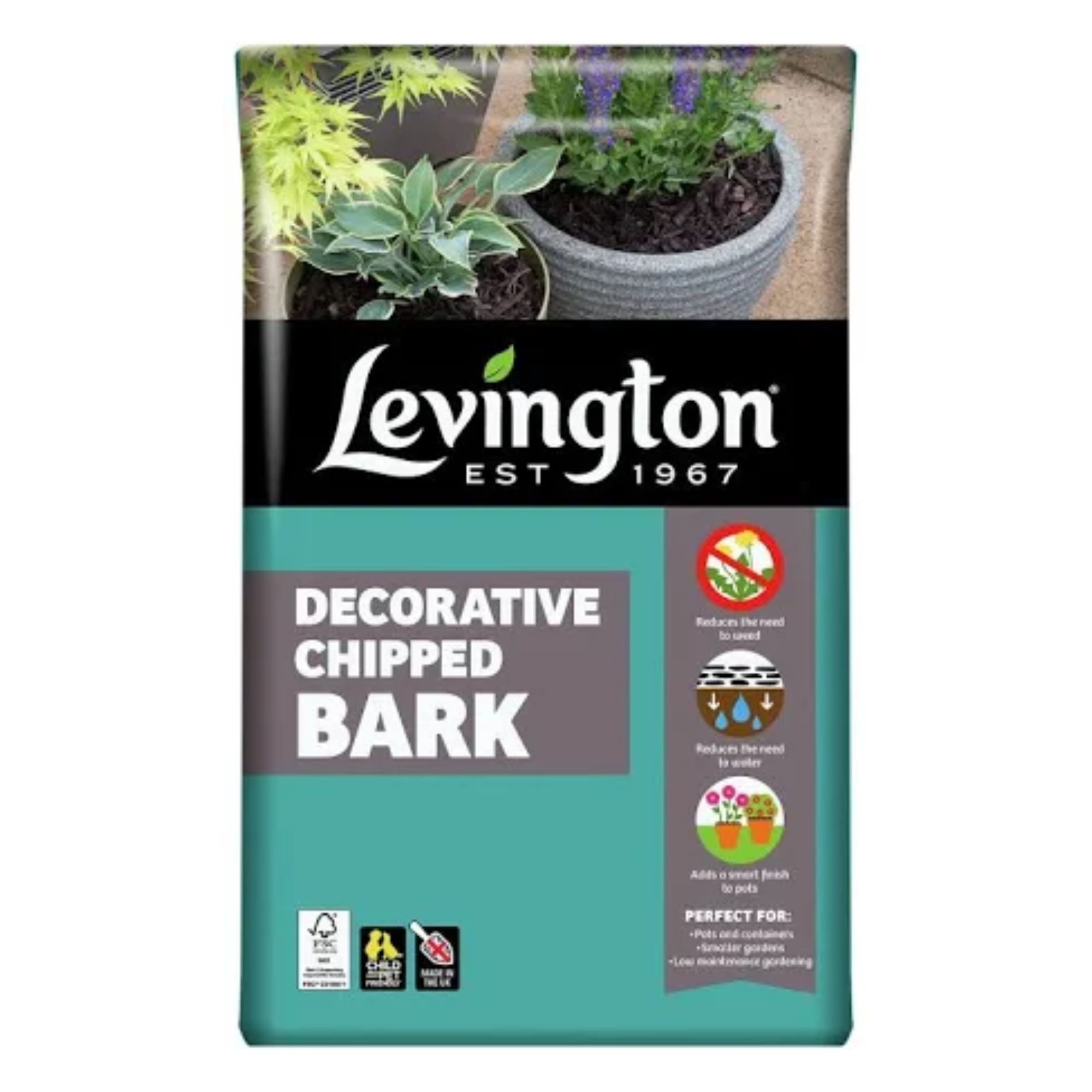How to use bark to stop weeds taking over your garden borders
Controlling weeds with bark is easy, so long as you follow our expert guide...


'A weed is just a plant in the wrong place,' or so the saying goes – so what's the best way to prevent them from doing exactly that? Why, by learning how to use bark to stop weeds, of course!
If you're looking for methods for how to keep weeds out of flower beds, one of the best is using a bag of bark chippings to suppress them. 'Bark can be an excellent weed suppressant,' promises award-winning garden designer Zoe Claymore.

Zoe Claymore is a multi award-winning garden designer based in London. She focuses on creating outdoor places with emotional connection and ecological integrity for her private and commercial clients.
Why? Because bark chippings 'break down slowly to improve drainage and add organic matter to the soil,' she explains, noting that this won't just kill weeds; it will 'improve water retention and regulation and can smarten the look of your planted areas, too'.
How to use bark to stop weeds
If you're set on learning how to get rid of weeds naturally, then bark chippings is very much the way forward.
'Adding a layer of well rotted organic matter to the top of the soil will keep the sunlight getting to the weeds growing in between your plants, not to mention feed the soil at the same time,' says Morris Hankinson, director of Hopes Grove Nurseries.

Morris Hankinson is the founder and managing director of Hopes Grove Nurseries Ltd, the UK’s only specialist grower-retailer of hedging plants. He established the thriving business in 1992, shortly after graduating with a Commercial Horticulture Degree from Writtle College, Essex.
What you will need
As well as a weed barrier fabric (such as Suregreen Weed Control Fabric from Amazon) or a thick layer of cardboard, you will, of course, need some bark chippings for this garden task.



'If you have kids look out for play-safe bark, which is what I go to usually anyway,' adds Zoe.
Sign up to our newsletter for style inspiration, real homes, project and garden advice and shopping know-how
Try something like Melcourt Play Bark from Country Supplies if this is the case for you. Then, cast your eyes downwards for our tips and advice on how to use bark to stop weeds like a pro...
Now that you have the tools you need to hand, here's what you should do if you want to use bark to stop weeds taking over your garden.
1. Weed the area
It doesn't matter if it's a garden border or raised flower bed, Morris says you will need to weed the area thoroughly before you sprinkle even a single piece of bark chipping.
'Before putting bark chip down, make sure the area has been well weeded especially focusing on removing any tenacious or perennial weeds, which can grow through almost anything,' he advises.
2. Cover the ground
Once you've finished weeding, it's time to lay down a weed barrier fabric down or a thick layer of cardboard.
'This will substantially reduce the likelihood of weeds growing through your chippings,' says Morris.
3. Lay your bark chippings
Finally, the most important step in How To Use Bark To Stop Weeds 101: lay your bark chippings.
'Mulch around the plants 2-3 inches deep after planting or to help lock in moisture and reduce annual seeds from germinating,' says Zoe, who cautions that it's important you leave a space around the base of established shrubs.
'This will allow good air flow and reduce the risk of collar rot.'
FAQs
Will weeds grow through bark chippings?
Will weeds grow through bark chippings? In a word, yes – but there is a lot you can do to limit that happening in the first place, promises Morris Hankinson of Hopes Grove Nurseries.
Ideally, you should weed the area thoroughly before you lay your bark chippings. Then, lay down some cardboard or a weed-suppressing fabric for an extra layer of protection.
'Over time, annual weeds may grow, but these are easy to remove by hand so keeping on top of doing this is important,' he says.
'A fresh layer of bark chippings will be needed overtime because they will break down. The deeper the layer of bark, the less likely weeds will grow through.'
Can you put bark on top of soil?
You absolutely can put bark on top of soil. In fact, if you want to keep unwanted plants at bay (and don't fancy using ground cover plants to prevent weeds) it's actually advisable, especially if you want to avoid using chemical control.
Knowing how to use bark to stop weeds is a brilliant skill for any gardener to learn, no matter their skill level – not least of all because so many pros have labelled it the most effective weeding method.
Throw in the fact it's such a pretty look for any garden, and you have the best of both worlds. We'll race you to the checkouts for that last bag of bark, then...

Kayleigh Dray became Ideal Home’s Acting Content Editor in the spring of 2023, and is very excited to get to work. She joins the team after a decade-long career working as a journalist and editor across a number of leading lifestyle brands, both in-house and as a freelancer.